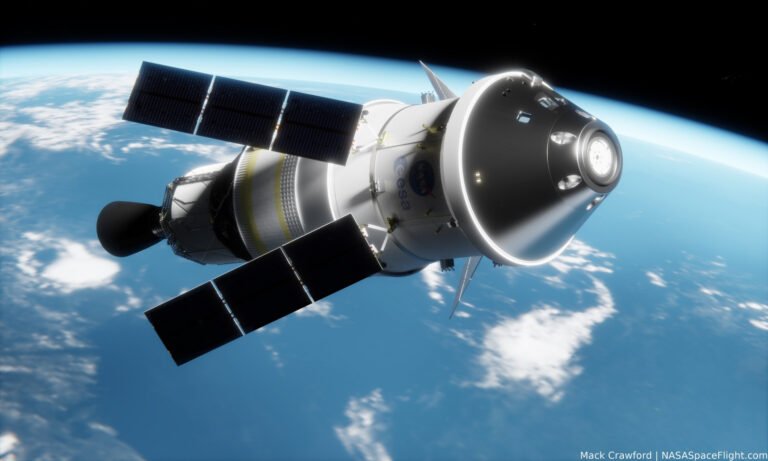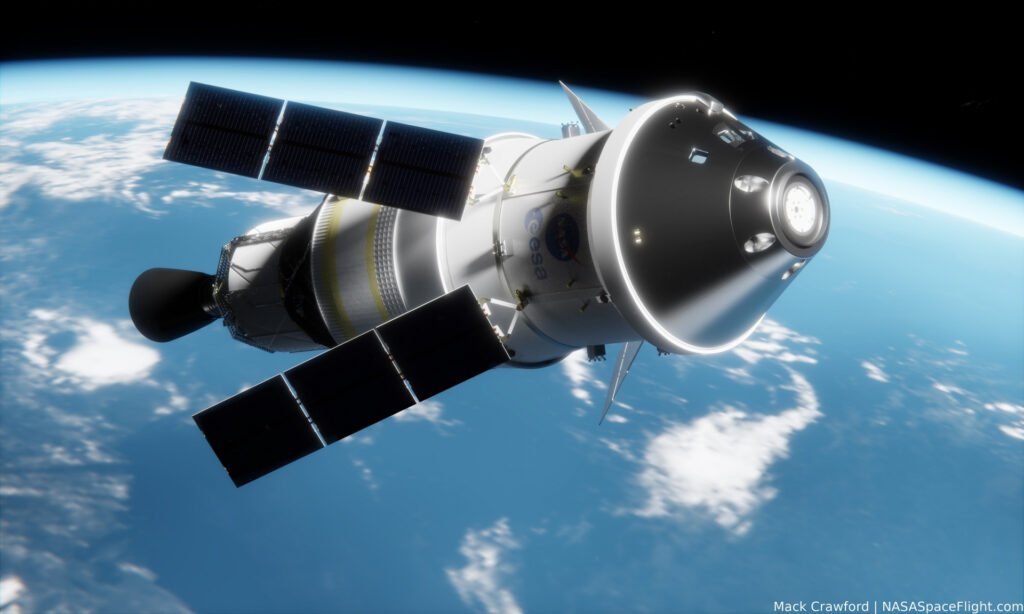Our planet’s rotation is not as constant as we perceive. Recent scientific observations reveal a remarkable phenomenon: Earth is spinning faster. This unprecedented acceleration has led to the shortest days ever recorded in modern history. In July 2025, scientists confirmed that days are clocking in milliseconds shorter than the standard 24 hours. This has global timekeepers on alert. They are now considering a drastic, never-before-seen measure: a “negative leap second.” The implications of Earth Spinning Faster are vast, extending from the subtle rhythms of our planet to the precise operations of global technology.
Why Is Earth Spinning Faster in 2025?
The current acceleration of Earth’s rotation has captured the attention of scientists worldwide. On July 10, 2025, for instance, Earth completed its rotation 1.36 milliseconds faster than average. Similar record-short days are anticipated throughout July and into August. This speed-up is primarily attributed to complex interactions within our planet and beyond. A significant factor is the Moon’s orbital position. When the Moon shifts farther from Earth’s equator and closer to its poles, its gravitational pull subtly enhances Earth’s spin. This effect is similar to how a figure skater accelerates by pulling their arms in.
Furthermore, dynamic processes within Earth’s molten core also contribute to these fluctuations. While our planet generally slows down over billions of years due to tidal forces, recent decades have seen surprising accelerations. This trend, culminating in Earth Spinning Faster than ever in recorded history, poses a unique challenge for global timekeeping authorities, who strive to keep our clocks perfectly synchronized with astronomical time.
The Unprecedented Negative Leap Second
For decades, timekeepers have periodically added “leap seconds” to Coordinated Universal Time (UTC). This has allowed atomic clocks to catch up with Earth’s slightly slowing rotation. Since 1972, 27 such positive leap seconds have been inserted. However, with Earth Spinning Faster, the conversation has shifted dramatically. For the first time, timekeepers are now considering a “negative leap second.” This would mean removing a second from our official global time. Instead of progressing from 23:59:58 to 23:59:59 before midnight, clocks would jump directly from 23:59:58 to 00:00:00.
This unprecedented adjustment could be implemented as early as 2029 or 2035. The International Earth Rotation and Reference Systems Service (IERS) monitors Earth’s spin meticulously. They are evaluating when and if this drastic measure will be necessary. Implementing a negative leap second is a complex undertaking. It could have far-reaching effects on the technological infrastructure that underpins our modern world.
Impact of Earth Spinning Faster on Technology
The seemingly minuscule changes in Earth’s rotation, mere milliseconds, can have significant ramifications for systems reliant on extreme precision. Modern technology, from satellite communication networks to GPS systems and high-frequency financial trading platforms, operates on highly synchronized atomic time. These systems are meticulously calibrated to the millisecond. A negative leap second, unlike its positive counterpart, has never been implemented before.
This presents an “unprecedented problem for computer network timing.” Software systems that are not designed to handle the removal of a second could experience unforeseen glitches or even widespread failures. Experts express concerns reminiscent of the “Y2K bug” scare, as many systems still struggle with the less disruptive positive leap seconds. Therefore, understanding and preparing for Earth Spinning Faster and its implications for timekeeping is critical for maintaining global technological stability.
Climate Change’s Nuanced Role in Earth’s Rotation
While the immediate cause of Earth Spinning Faster in 2025 is tied to lunar and internal planetary dynamics, climate change plays a complex, yet crucial, role in the broader context of Earth’s rotation. Paradoxically, the rapid melting of polar ice caps due to global warming is actually slowing down Earth’s rotation in the long term. As ice melts, water redistributes from the poles towards the equator. This shift in mass causes a subtle braking effect, much like an ice skater extending their arms to slow their spin.
Scientists suggest that without the counteracting effect of this ice melt, the need for a negative leap second might have arisen even earlier. This highlights the intricate interplay of various geophysical processes. It also underscores how human-induced climate change has tangible, albeit subtle, impacts on fundamental planetary dynamics, influencing even the very length of our days and the future of global timekeeping.
Conclusion: The phenomenon of Earth Spinning Faster in 2025 is more than a scientific curiosity; it’s a pressing global challenge. As days become incrementally shorter, timekeepers face the unprecedented decision of introducing a negative leap second. This potential adjustment carries significant implications for our interconnected technological world, demanding careful planning and adaptation. While immediate rotational shifts are due to lunar and internal forces, climate change exerts a long-term, counteracting influence. Understanding these complex planetary dynamics is crucial. It ensures the ongoing synchronization of our time-sensitive world and prepares us for the unique challenges of a subtly, yet significantly, changing Earth.
For more news and updates, please visit PFM Today.













